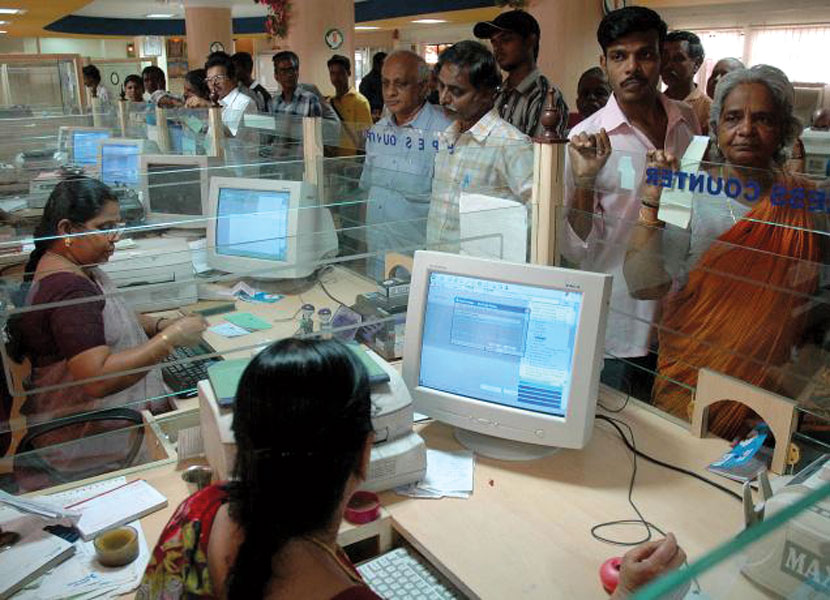One man’s meat, goes the saying, is another man’s poison. Likewise in economics, the seller’s income is the buyer’s cost. This income-cost equivalence is called price. It is exactly the same with money, which also has a price. It is called the rate of interest.

When it is high, moneylenders earn a higher income than they would when it is low. Exactly opposite, the borrowers’ cost is higher when interest rates are high. This is why moneylenders always want a higher rate of interest and borrowers always want a lower rate.
While everyone borrows money — from parents, friends and professional moneylenders like banks — not everyone uses it to produce something. Some people borrow to buy items of consumption like a car; others borrow to purchase a house which is both an item of consumption and an item of investment; and a third category borrows to produce something, usually in a factory.

But not all things that are produced are goods; some of them are services like the shopkeeper who borrows money to buy what someone else has produced and then sells it to those who ask for it.
Whatever may be the case, all these producers, buyers and sellers need money. Some of this comes from their own pockets and some of it they borrow. This is the reason why the price of money — the rate of interest — is so crucial for everyone: like inflation, it influences the behaviour of everyone in society, the rich and the poor alike.
Reverse logic
Big buyers of goods get discounts. This means they pay less per unit. It is exactly the same with money. Those who borrow Rs 100 crore get a lower rate of interest than those who borrow just Rs 1 crore.
But there is a problem here for which economics offers no answers. The problem is this: why should the bank offer a lower rate to the few who borrow a lot individually, but a higher rate to the many thousands who borrow far more?
Economics links the price of money to risk but there is no evidence that small borrowers are less likely to repay a loan than big borrowers. If anything, globally, the evidence points to the opposite.
In fact, if we take the example of income tax, the bigger income earners are required to pay a higher tax than the lower income people. That is why we have four rates for income tax — 30, 20, 10 and 0 per cent.
It is legitimate to ask why the same principle can’t apply to the rate of interest! There is no logical or sensible answer to this question.
The result is that for every big borrower who gets a lower rate, there are thousands of small borrowers who get a higher rate. This is despite the fact that small borrowers account for around 50 per cent of industrial activity and GDP growth.
This has happened largely because of what has been called ‘lazy’ banking by the public sector banks. Why bother with thousands of clients when you need to deal with only a few dozen large ones?
Lesson from the past
In the current context when private investment is not picking up and the economic activity is dependent on the high level of (mostly wasteful) government spending, there is an urgent need to reduce interest rates which are too high at present.
The past provides a useful guide here. Between 1997 and 2003, the same situation prevailed with private investment being low. So from 2000 onwards, the RBI gradually started lowering interest rates, as a result of which between 2003 and 2009, private investment zoomed to unprecedented levels.
The risk of inflation was present then too, in the same degree as now. The RBI needs to take a risk, just as a batsman does when the chips are down and he throws his bat at everything. A gradual lowering will not do. It has to cut rates drastically during the next six months if private investment is to revive.
In any case, it will take the banks another 18 months to pass on the lower rates to the small borrowers. So if it starts now, we can expect a revival of private investment from early 2018, which is a year before the next general election.
The timing would be perfect for the incumbent government.





